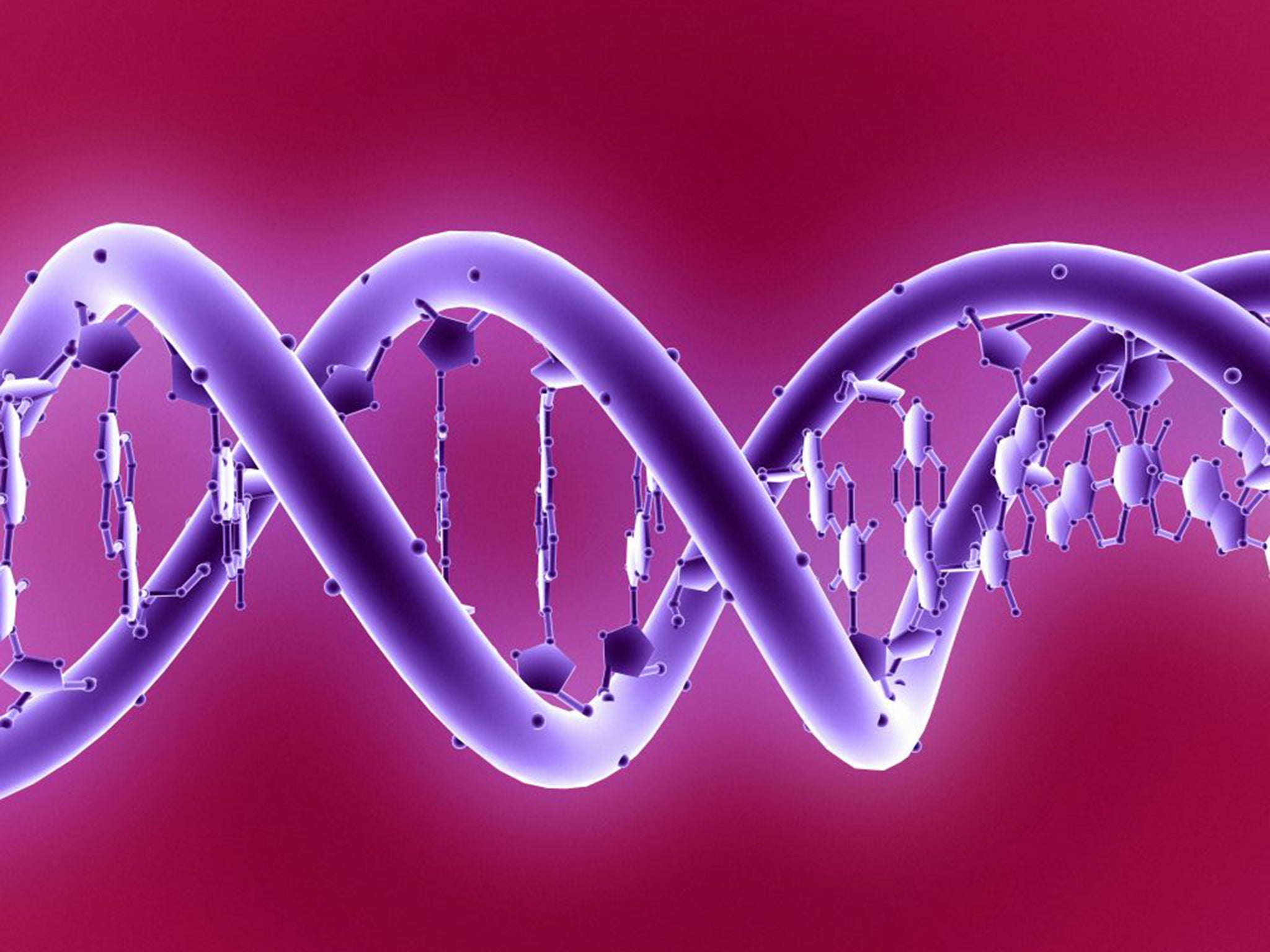The Independent's journalism is supported by our readers. When you purchase through links on our site, we may earn commission.
Gene-editing technique scientists hope will cure cancer and all inherited disease found to have dangerous flaw
'We feel it’s critical that the scientific community consider the potential hazards of all off-target mutations caused by Crispr'

Your support helps us to tell the story
From reproductive rights to climate change to Big Tech, The Independent is on the ground when the story is developing. Whether it's investigating the financials of Elon Musk's pro-Trump PAC or producing our latest documentary, 'The A Word', which shines a light on the American women fighting for reproductive rights, we know how important it is to parse out the facts from the messaging.
At such a critical moment in US history, we need reporters on the ground. Your donation allows us to keep sending journalists to speak to both sides of the story.
The Independent is trusted by Americans across the entire political spectrum. And unlike many other quality news outlets, we choose not to lock Americans out of our reporting and analysis with paywalls. We believe quality journalism should be available to everyone, paid for by those who can afford it.
Your support makes all the difference.It has been hailed as a cure for cancer and all forms of inherited disease.
But scientists have now discovered that a system for editing the genes of living creatures can have a potentially dangerous side-effect – causing unintended mutations.
Human trials of the Crispr-Cas9 gene-editing technique are already underway in China and are due to start in the US next year.
One of the supposed strengths of the system is that it allows specific sections of the genome to be targeted.
This prompted one expert, Dr Edze Westra, to predict earlier this year that it would be used to “cure all inherited diseases, to cure cancers, to restore sight to people” by adding, deleting or repairing genes.
Writing in the journal Nature Methods, researchers in the US described how they had used Crispr-Cas9 to restore sight to blind mice.
However, when they then sequenced the entire genome of the animals, they found two had more than 1,500 small mutations and more than 100 larger deletions and insertions of genetic material.
One of the researchers, Professor Stephen Tsang, of Columbia University, said: “We feel it’s critical that the scientific community consider the potential hazards of all off-target mutations caused by Crispr.
“Researchers who aren’t using whole genome sequencing to find off-target effects may be missing potentially important mutations.
“We hope our findings will encourage others to use whole-genome sequencing as a method to determine all the off-target effects of their Crispr techniques and study different versions for the safest, most accurate editing.”
He added that even a small change – even affecting a single nucleotide, the basic building block of DNA – could have a “huge impact”.
Previously, scientists have used a computer algorithm to highlight areas of the genome most likely to have been damaged inadvertently and then examine those sections of DNA alone.
The researchers said these algorithms “seem to do a good job” when Crispr was used on tissues in the laboratory, but full genome sequencing was required when dealing with live animals.
The mice used in the study had a gene that causes blindness and Crispr was used to correct this.
While hundreds of mutations were discovered – none of which were predicted by the algorithms – the mice themselves did not appear to be any worse for wear.
And the researchers said they were still confident that gene-editing would be medically useful.
Professor Vinit Mahajan, of Stanford University, who also took part in the research, said: “We’re still upbeat about Crispr.
“We’re physicians, and we know that every new therapy has some potential side effects – but we need to be aware of what they are.”
They are now trying to improve the targeting and cutting techniques used by the Crispr system.
Join our commenting forum
Join thought-provoking conversations, follow other Independent readers and see their replies
Comments